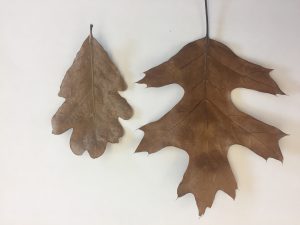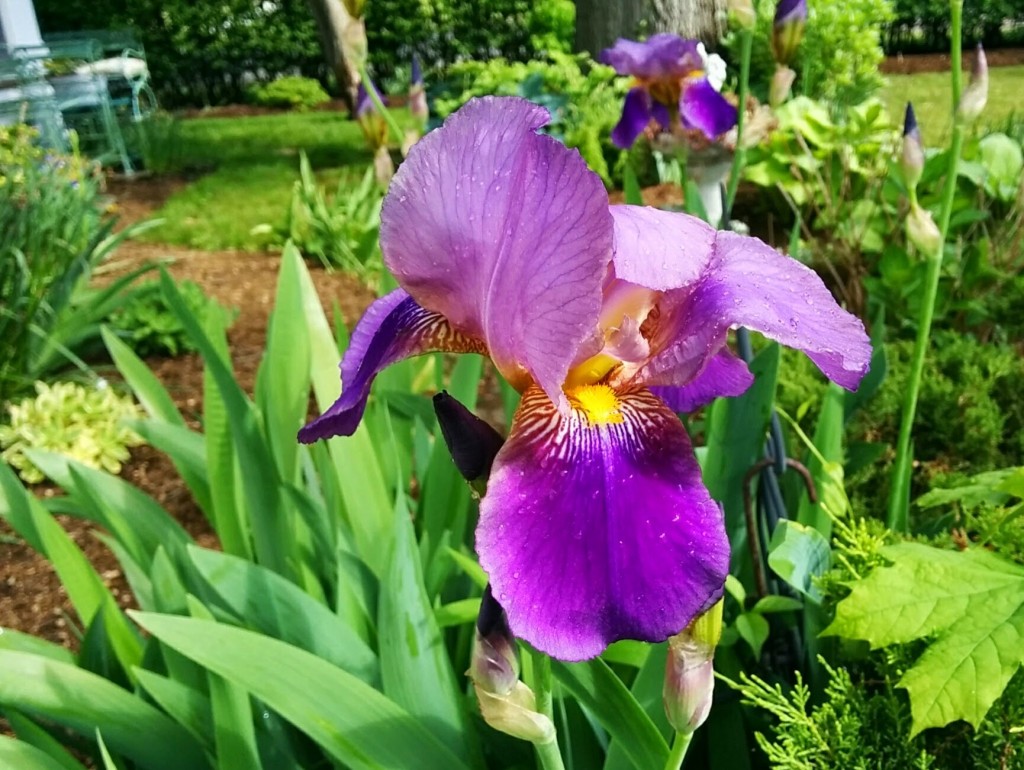 2017 is the 25th consecutive year Master Gardener Volunteers have offered a summer gardening program for children through Cornell Cooperative Extension of Suffolk County. Growing interest in this program has led to a renovation of the garden, including a new pergola and paved walkway, hoop houses for growing early and late season vegetables, as well as identification and special care of many pollinator-friendly plants in the garden.
2017 is the 25th consecutive year Master Gardener Volunteers have offered a summer gardening program for children through Cornell Cooperative Extension of Suffolk County. Growing interest in this program has led to a renovation of the garden, including a new pergola and paved walkway, hoop houses for growing early and late season vegetables, as well as identification and special care of many pollinator-friendly plants in the garden.
Popular projects for the 2017 Children’s Garden program include:
- Making newspaper pots, and then potting up seeds and transplants to bring home to grow
- Identifying weeds by making weed ID books to bring home for future use
- Learning about the various garden areas and the variety of butterflies, birds, and insects attracted to them
- Adding food scraps to our 3-bin compost system and learning why “Rot Rules” in the soil kingdom
- Planting square-foot gardens to grow food in raised beds
- Harvesting vegetables and fruit from the hoop house, raised beds, and teepee
- Playing in the bean teepee, sunflower house, and gazebo
Favorite activities from previous years include a visit from the Worm Lady, a tour of the Butterfly House at the Farm, a wagon ride tour of the Farm, and much more. On the last day of the program, we’ll enjoy a celebratory feast, prepared from bounty we harvest from the garden.
The 2017 program provides a hands-on gardening experience for children. Children ages 5 and up are best suited for the program, which is not parent participatory. They will be divided into two groups – ages 5 to 8 years and 9 to 12 years – with age appropriate activities for each group. All children will keep nature journals to record their time/experiences in the summer program at the Children’s Garden.
The eight-week gardening session will meet on Wednesday mornings July 5 through August 23 from 10:00 to 11:30 a.m. The Children’s Garden is located at the Suffolk County Farm in Yaphank.
Interested? Click here for a registration form.
Want more information? Call Donna Alese Cooke at 631-727-7850 x225


